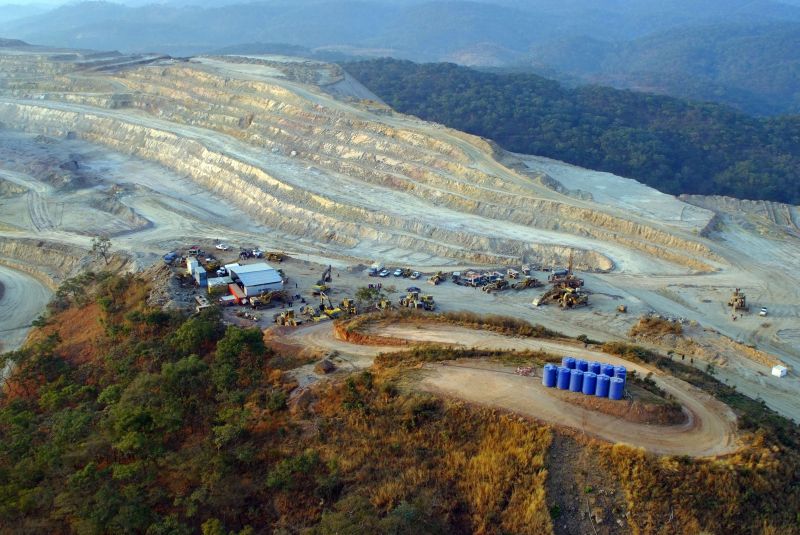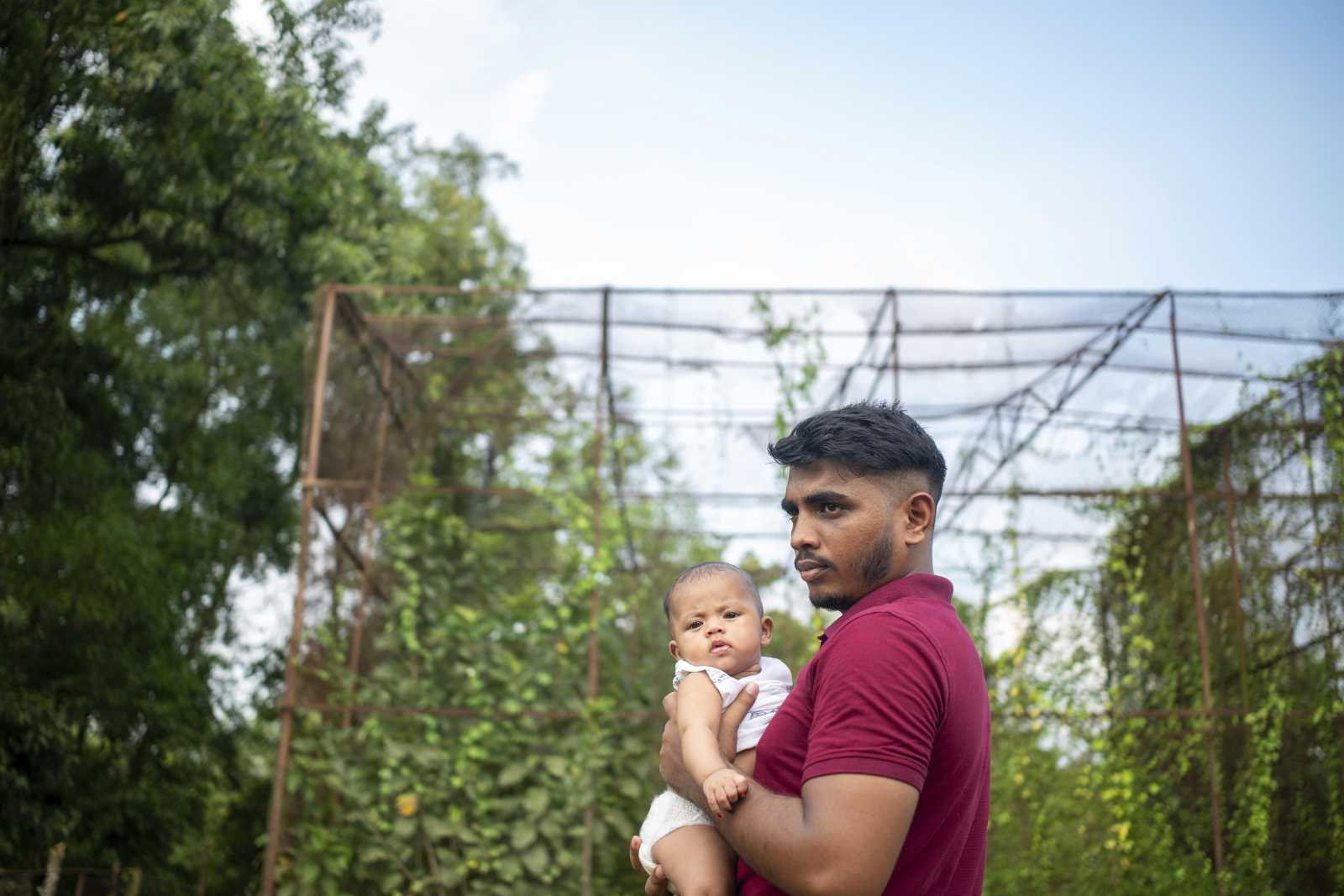Migration
Some Warao “will stay for good” in Brazil

Around 5,700 indigenous people have migrated from Venezuela to Brazil so far. Most of them belong to the Warao, an ethnic group whose traditional home is the Venezuelan rainforest. Why are they leaving Venezuela?
As victims of Venezuela’s current political and economic crisis, they share the motivation of non-indigenous migrants. They all speak of similar problems: the lack of jobs, the high cost of living and a health system on the verge of collapse. Many flee to escape starvation. In the case of the Warao, issues are compounded by the fact that most of them already are internally displaced people. Many left their traditional homeland in the Orinoco River Delta years and even decades ago.
What awaits the migrants in Brazil?
The Warao generally cross the border into Brazil at Pacaraima, a border town. During the pandemic, the borders were closed, so the numbers decreased somewhat. But people smugglers brought in large groups nonetheless. Since the borders have opened again, legal migration has been surging anew. Many move on to Boa Vista, the state capital, and spread out from there to other places. How they are received differs considerably from state to state. In Roraima and Amazonas, the neighbouring state, the Brazilian military and the UN Refugee Agency (UNHCR) are running refugee camps and coordinating support programmes. There are no such arrangements in other states, so local governments there have to find their own solutions.
How do indigenous migrants differ from others?
There are lots of cultural differences, and they result in prejudice against indigenous people in both Brazil and Venezuela. At the same time, indigenous people are prejudiced against non-indigenous people. Both sides are convinced that the others are bandits who want to rob them. Accordingly, migration takes place in fairly separate groups, and refugees are also accommodated in separate camps. Mixed accommodation was tested, but beset by conflicts. Even now, some indigenous migrants refuse to live in camps, preferring to sleep rough or occupy empty houses.
Why is that?
The biggest difficulty is that the camps provide a kind of accommodation that is very different from how indigenous groups traditionally live. That has various consequences, especially for people’s mental health. In the camps, they live behind fences. Moreover, they have to observe rules and standards that strike them as bizarre. We impose rules on them that do not suit their way of life.
Could you please give examples?
Yes, sure. Many indigenous people complain about the boxed food they get in the camps. They say it doesn’t agree with them. Some have sold their meals and used the money to buy food they are accustomed to and consider healthier. Another example is that the Warao typically live and migrate in groups of 30 to 40 people with one leader. These groups are much more complex than what we traditionally understand as a family. Our concept of the nuclear family simply does not apply.
There are frequent reports of indigenous people being mistreated in refugee shelters. Are you aware of examples?
Yes, I am. In one refugee camp in Roraima, there was a “corner of shame” where indigenous people were detained against their will. Complaints were filed, but I don’t think they delivered results.
Is there any progress on catering better to the specific needs of indigenous people in the camps?
Broadly speaking, no, though there definitely are small improvements. In the refugee camps in Roraima, indigenous people now have the option of cooking for themselves in community kitchens. Moreover, the camps are now paying some attention to not breaking up groups and giving them some sense of autonomy instead.
What about social inclusion of indigenous migrants?
Well, adapting to life in Brazil is a huge challenge for them. On the other hand, the authorities must rise to challenges too. Normally, Venezuelan migrants are taken to nuclear families of Brazil’s more southern regions where they find more opportunities. With the Warao, this does not work out. It is impossible to rent an apartment in a city for such large groups of people. Moreover, many of them neither speak Portuguese nor Spanish, which makes it much harder to find jobs.
What are the difficulties for inclusion at societal level?
There is a lot of prejudice and even racism. Disadvantaged Brazilians often complain that migrants get access to public services that they themselves do not enjoy (for the situation in Brazilian slums, see Thuany Rodriguez on www.dandc.eu) Public health care is very poor in some parts of Roraima, and many people feel that Venezuelans are getting preferential treatment. There are also recurring complaints about indigenous people begging on the streets.
How have Brazilian indigenous groups reacted to the arrival of the Warao?
Initially, the indigenous groups in Roraima did not accept them as indigenous people. Nor did the indigenous protection agency Fundação Nacional do Índio (FUNAI) feel responsible.
The Brazilian constitution recognises the rights of indigenous peoples and their traditional ways of life. Does that not apply to the migrants?
When the first Warao arrived in 2015, there was a big debate about whether they should enjoy the same rights as Brazil’s indigenous groups. According to the law, they now have equal status even though they have no traditional territory in Brazil. Achieving that was a success. The Warao are now legally entitled to education, health care and even protection of their traditions and culture. However, most indigenous people in the shelters are comparatively young, because people over the age of 50 very rarely migrate to Brazil. One negative impact is that religious leadership and knowledge often stay behind in Venezuela.
How do you assess the performance of Brazil’s policymakers?
Well, there is no long-term planning, basically just emergency aid, direct humanitarian assistance. It is sad and depressing to see people struggling to find any long-term prospect at all.
There is a long-term plan to include non-indigenous refugees from Venezuela in Brazil’s formal labour market. What is the long-term vision for indigenous people like the Warao?
So far, there is none. At the national level, we are trying to find solutions that are as non‑traumatising as possible. I believe it is particularly important to listen to the Warao. They deserve our attention. They are currently trying to form a political association at the national level in order to better articulate their views and express their concerns. Of course, the Warao themselves need to develop a clearer idea of how they want to live in Brazil.
What political changes have to be made to respond effectively to indigenous migrants’ needs?
Policymakers and state agencies must understand that the problem is not just one of temporary accommodation. Some Warao will definitely stay in Brazil for good. Most do not want to go back to Venezuela. Among scholars, we no longer regard their plight as a case of mere displacement. We are increasingly thinking in terms of a diaspora.
Carlos Alberto Marinho Cirino is an anthropologist at the Federal University of Roraima. He has spent decades researching indigenous peoples and their rights. carlos.cirino@ufrr.br
Lisa Kuner is a freelance journalist.









